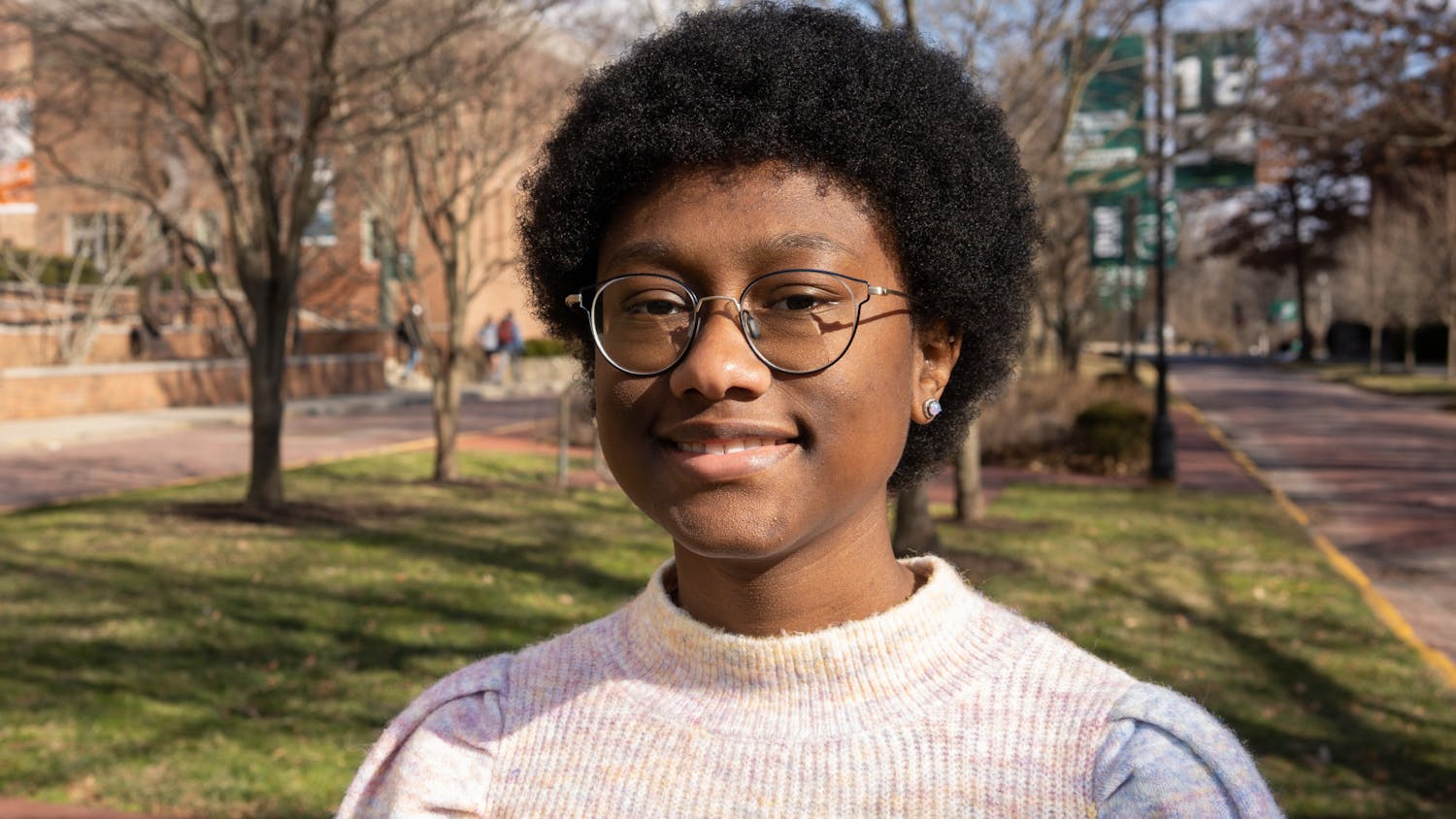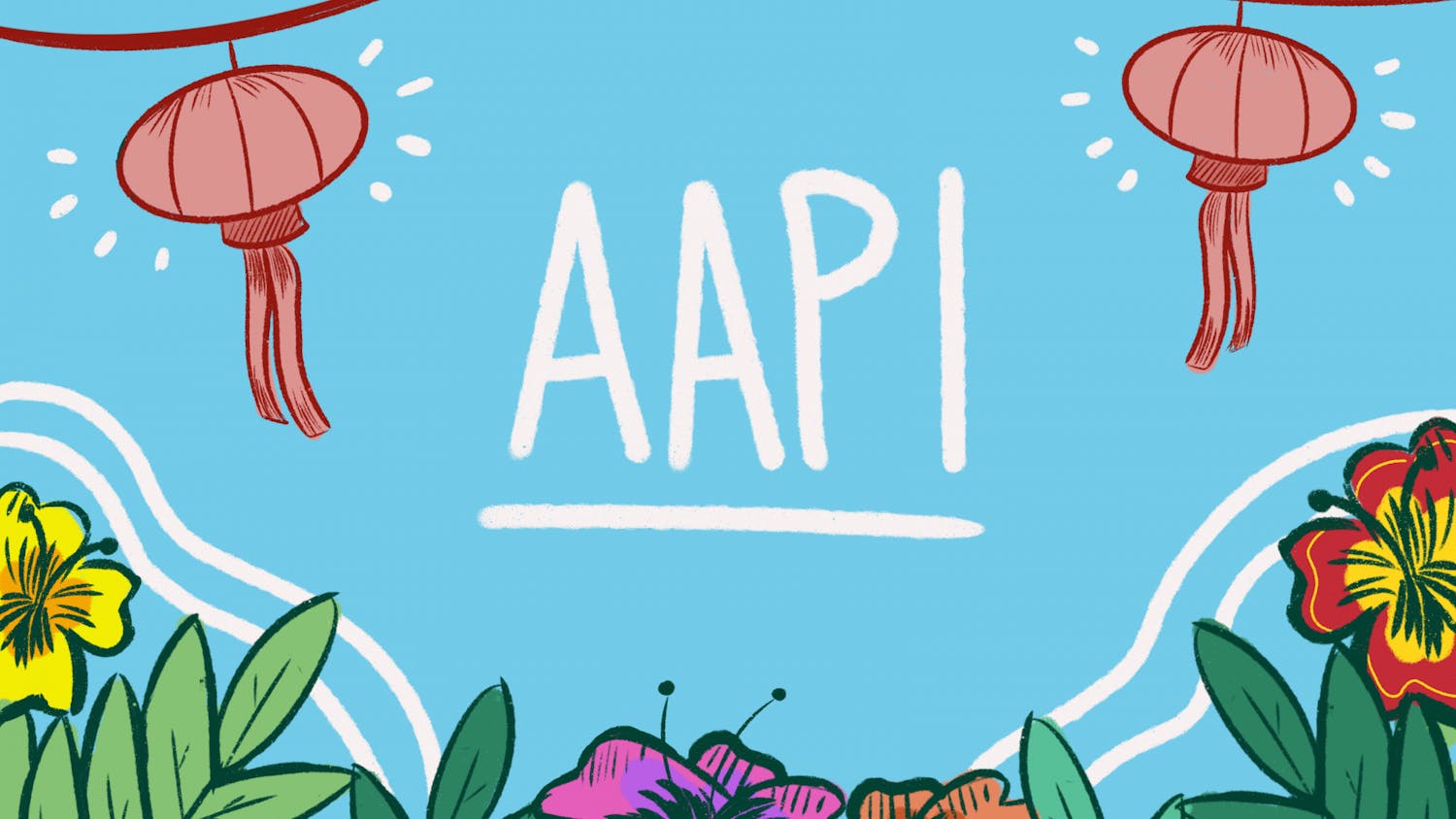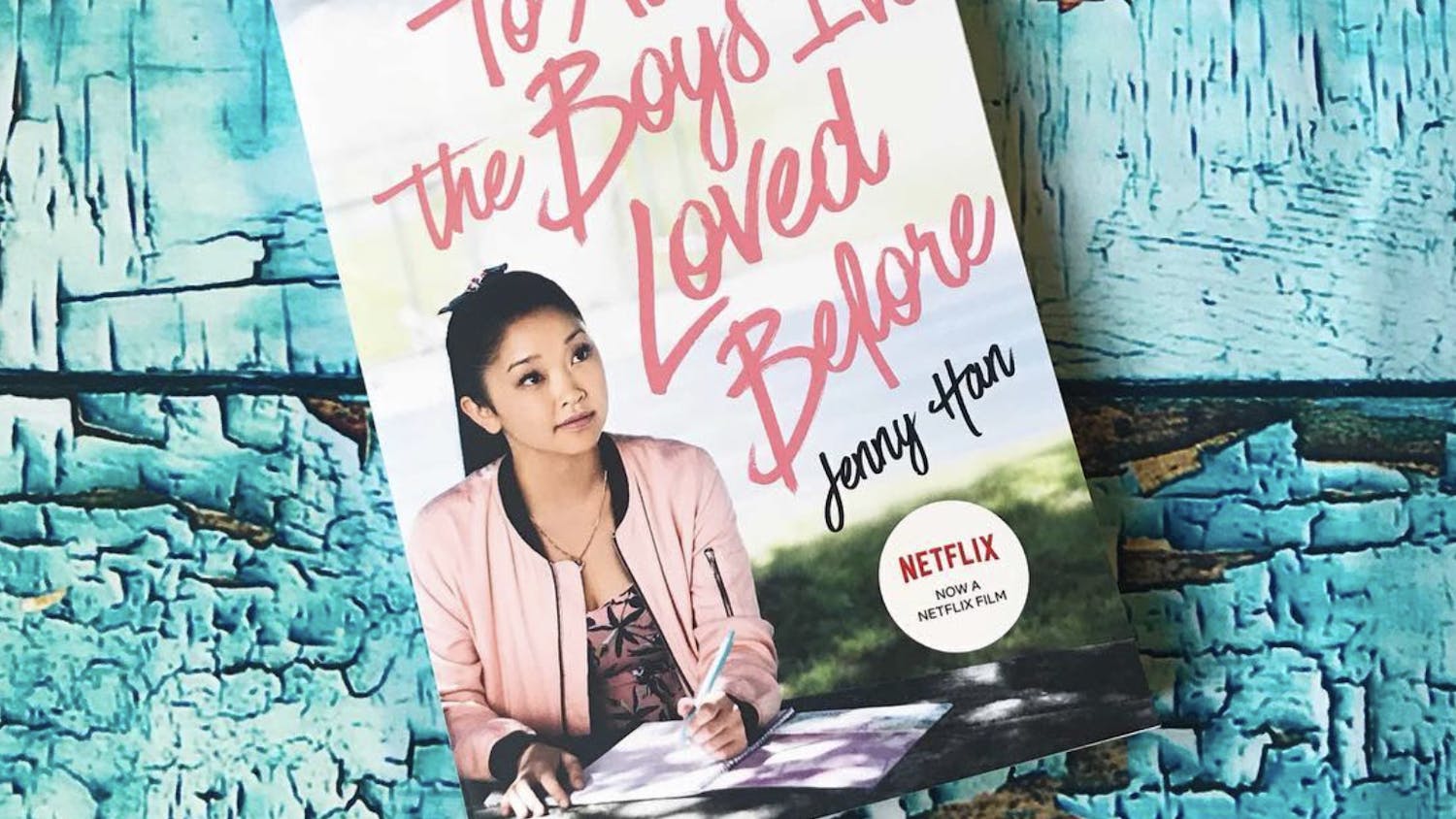Whether or not you've read my columns before, it's important to note that I've created a "brand" for my opinion writing. "Moments with Mimi" is my personal outlet to express the views and thoughts of a queer, Asian American woman at a predominately white institution.
It may not be obvious that I'm a part of the LGBTQIA+ community or that I heavily advocate for women's rights, but there's a reason that. I don't typically discuss the issues surrounding those parts of myself because there are already people talking about those things for me.
Asians make up approximately 2% of Ohio University's population, while approximately 62% of full-time undergraduates identify as female. OU hasn't explicitly released any data about the population of students identifying as LGBTQIA+, but there are statistics suggesting about 1 in 6 Generation Z adults are apart of that community. If we were to use those numbers and apply them to OU's population of approximately 24,000 undergraduate students, that would mean about 4,000 students, or a little more than 16%, identify as LGBTQIA+.
Compared to about 62% of campus identifying as female and 16% identifying as LGBTQIA+, the 2% of Asian students at OU are minuscule. Because of that, I've taken it upon myself to advocate for my Asian American identity and speak up about the biased nature of being at a PWI. While many are vocal about women's equality and LGBTQIA+ rights, very few talk about the issues that Asian American and Pacific Islanders face.
The model minority myth, which I mentioned in a previous article that I wrote, is a stereotype about AAPI people. It created a monolithic idea that all people in those communities are well-educated and successful, but the myth actually does more harm than good by erasing the differences in the wide range of cultures that the term "AAPI" encompasses. Describing AAPI people as a "model minority" that are smart and capable creates a false narrative that because we know how to prosper among hardship, we don't struggle like other minority groups.
Especially at OU, I believe that AAPI students aren't seen as people of color. The Office of Multicultural Success and Retention's LINKS program is meant to help diverse first-year students at college, yet the program offers no specific resources or scholarships for AAPI people. However, they do have programs for Black, Latino, commuter and Appalachian students. It wasn't until 2021 that OU’s first AAPI-based student group, the Asian American/Pacific Islander Student Union, formed due to the rise in Asian hate crimes during the COVID-19 pandemic.
Even though I am a part of many different minority groups, my Asian American identity has taken the frontline. Due to the lack of advocacy for AAPI people and a multitude of others speaking about my other identities, I have taken on the responsibility to convey the struggles and highlights of AAPI people since others seem to forget to.
Mimi Calhoun is a sophomore studying journalism at Ohio University. Please note that the views and opinions of the columnists do not reflect those of The Post. Have something to say? Email Mimi at mc300120@ohio.edu or tweet her @mimi_calhoun.






